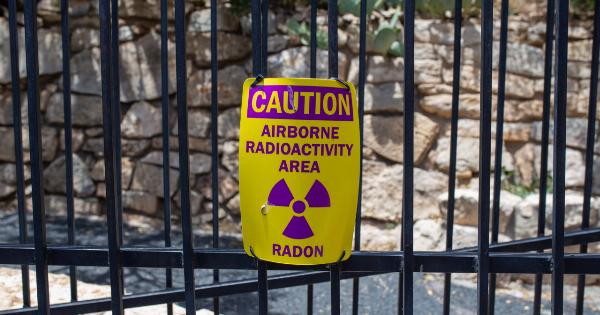Vasculitis refers to a group of uncommon diseases characterized by inflammation of blood vessels, which can affect various organs and tissues in the body. It can range from mild to severe, with some forms requiring immediate emergency treatment.
This guide aims to provide an overview of emergency treatment options for vasculitis patients, emphasizing the importance of timely intervention and the potential life-saving measures involved.
Understanding Vasculitis
Vasculitis is a complex condition involving the inflammation of blood vessels, resulting in restricted blood flow and possible organ damage. There are several types of vasculitis, including:.
- Large vessel vasculitis: Giant cell arteritis and Takayasu’s arteritis are examples of vasculitis that affect the larger blood vessels.
- Medium vessel vasculitis: Polyarteritis nodosa is an example of vasculitis affecting medium-sized vessels.
- Small vessel vasculitis: Examples of small vessel vasculitis include granulomatosis with polyangiitis (GPA), microscopic polyangiitis (MPA), and eosinophilic granulomatosis with polyangiitis (EGPA).
Identifying Emergency Situations
While vasculitis treatment generally involves a combination of medications and lifestyle adjustments, certain emergency situations require immediate medical attention. Here are some signs and symptoms that may indicate an emergency:.
- Severe headache or visual changes: These symptoms may indicate inflammation of the blood vessels supplying the eyes or head, requiring immediate evaluation.
- Chest pain or difficulty breathing: Inflammation of the blood vessels in the heart or lungs can lead to chest pain or shortness of breath, which may be signs of a heart attack or pulmonary embolism.
- Neurological symptoms: Sudden weakness, numbness, or difficulty speaking may result from blood vessel inflammation affecting the brain or central nervous system.
- Severe abdominal pain or gastrointestinal bleeding: Vasculitis affecting the blood vessels in the abdomen can cause severe pain, bleeding, or intestinal perforation.
- Renal complications: A sudden decrease in urine output, blood in the urine, or swelling in the legs may signify kidney involvement, requiring immediate attention.
Emergency Treatment Options
When faced with a vasculitis emergency, prompt medical intervention is crucial. The specific treatment approach may vary depending on the type and severity of vasculitis, but the following interventions are commonly involved:.
- Immediate hospitalization: Patients with severe vasculitis symptoms are often admitted to the hospital for close monitoring and evaluation.
- High-dose corticosteroids: Steroids such as prednisone or methylprednisolone are commonly administered to reduce inflammation and stabilize blood vessels.
- Immunosuppressant drugs: Medications like cyclophosphamide or rituximab may be prescribed to suppress the immune response and prevent further damage.
- Plasma exchange: In certain cases, plasma exchange, also known as plasmapheresis, may be performed to remove harmful antibodies from the blood.
- Intravenous immunoglobulin (IVIG) therapy: IVIG treatment involves infusing immunoglobulins extracted from healthy donors to modulate the immune response.
Additional Supportive Measures
In addition to emergency medical interventions, several supportive measures can aid in the management of vasculitis:.
- Pain management: Pain relievers, such as nonsteroidal anti-inflammatory drugs (NSAIDs), may be prescribed to alleviate discomfort.
- Wound care: For individuals with vasculitic ulcers or skin lesions, proper wound care can help prevent infection and promote healing.
- Physical therapy: Rehabilitation exercises may be recommended to improve joint mobility, muscle strength, and overall functional ability.
- Dietary modifications: A balanced diet, low in sodium and saturated fats, can support overall cardiovascular health.
- Psychological support: Vasculitis can take an emotional toll on patients, so counseling or support groups may be beneficial in coping with the challenges associated with the condition.
Follow-up Care and Monitoring
After emergency treatment, ongoing care and monitoring are essential to ensure that vasculitis remains under control and to prevent future flare-ups.
Regular check-ups, laboratory tests, and imaging studies may be recommended to assess disease activity, monitor treatment effectiveness, and detect any potential complications.
Conclusion
Vasculitis is a complex condition that warrants prompt medical attention, especially during emergency situations. Understanding the signs and symptoms of a vasculitis emergency and seeking immediate treatment can greatly improve patient outcomes.
By following the recommended emergency treatment options and adhering to long-term management strategies, individuals with vasculitis can lead fulfilling lives while effectively controlling the condition.






























